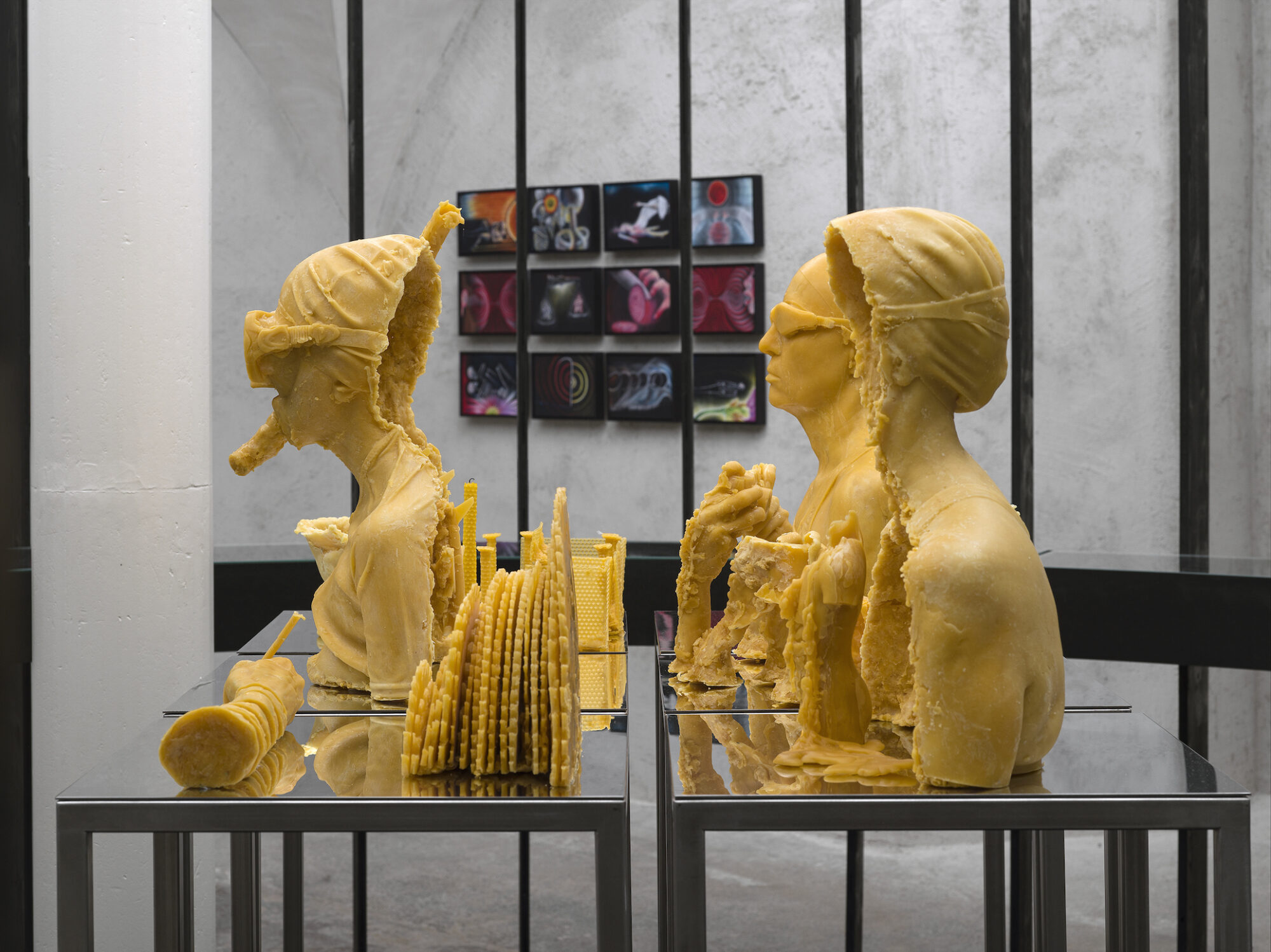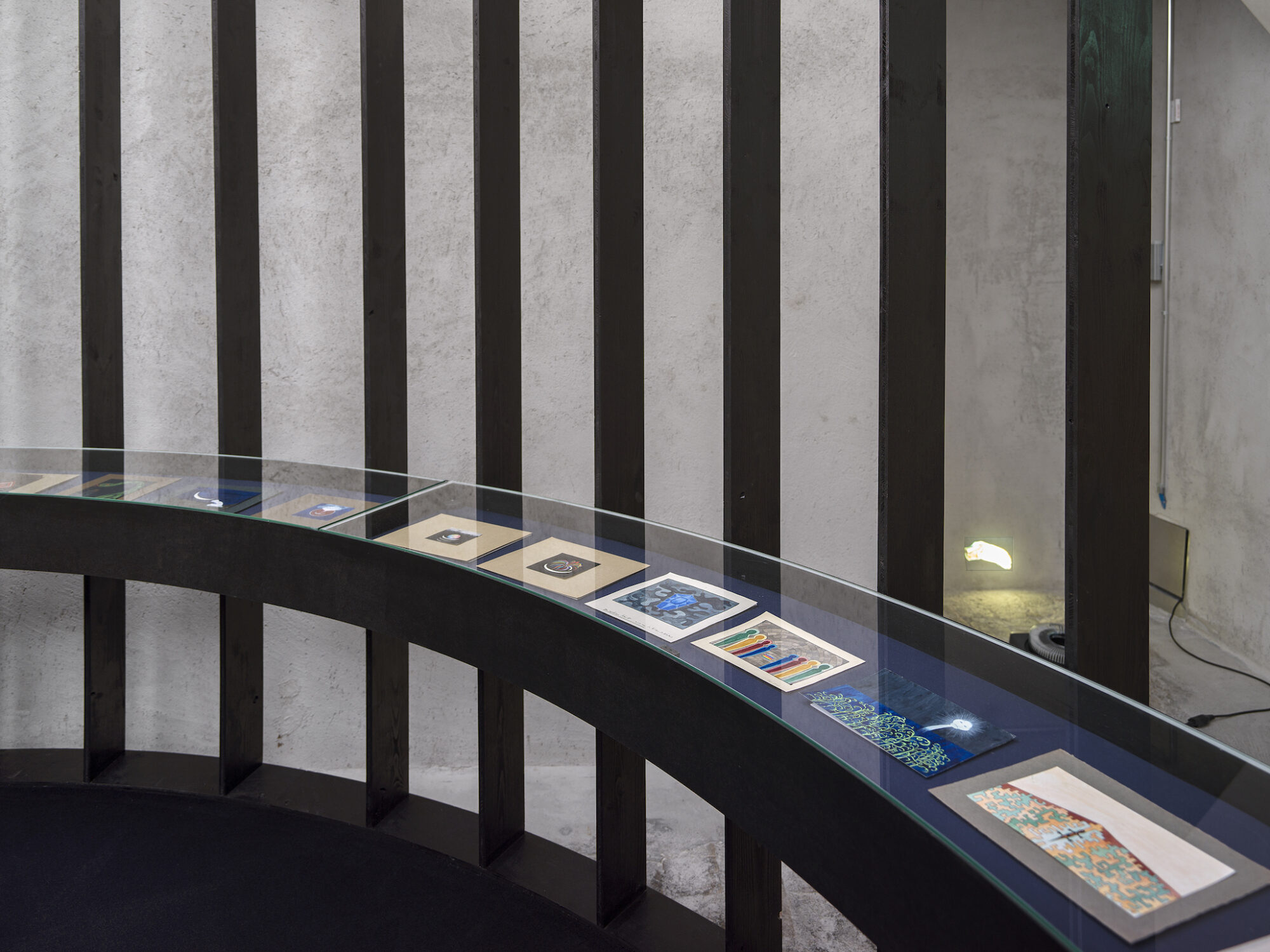In the context of “Lee Scratch Perry”, this selection is dedicated to the term “rastaquouère”. The term was used in French-speaking countries from 1880 to describe an exotic figure of a parvenu – usually of South American or Mediterranean origin – who flaunts suspicious and tasteless luxury. Although the term ‘Rasta’ comes from the Spanish-American context (rastacuero) and has no etymological connection to the word “Rastafari”, both are often abbreviated as “Rasta”. They are often associated with colonial history, exoticism, and racist clichés, such as the idea of “mauvais goût” (tasteless). The term “rastaquouère” is frequently used in Dada texts and works from the 1920s. It is reinterpreted positively to describe a dandyish, “bon-vivant” attitude that mocks authority – an attitude that the Dadaists themselves also embraced. Despite this positive re-interpretation, the texts presented here contain racist clichés that must be identified.
1) Gabrielle Buffet, Le rastaquouère, Revue Mécano, Original, Leiden, July 1922
Gabrielle Buffet, a French musician, was closely associated with the Dada movement. She had been Picabia’s wife since 1909 and wrote the foreword to his book “Jésus-Christ Rastaquouère”. This excerpt was republished two years later in “Revue Mécano”, a magazine edited by Theo van Doesburg and published by De Stijl between 1922 and 1924. A pictorial and playful prose describes the figure of the “Rastaquouère” according to the prejudices that surrounded this pejorative term at the time: a miserly figure – a diamond eater – who valued objects but did not understand them, simple and naive, lacking in subtlety.
2) and 3) Tristan Tzara, Haute Couture. Monsieur Aa l’Antiphilosophe, Magazine Littérature No 11, Paris, January 1920, facsimile
This text was published in number 11 of the magazine Littérature, alongside texts by André Gide, André Breton and Paul Eluard, among others. It is one of several texts by Tristan Tzara in which the figure of “Monsieur Aa l’Antiphilosophe” appears, a kind of alter ego who rebels against all philosophy, ideology and politics. Tzara joined the Dada group in Zurich as early as 1916, where he studied philosophy but never graduated. The “Aa” in front of Antiphilosophe in the title of this text is a play on language that can be understood as referring to both Tzara and Dada.
4) Festival Dada, monograph, Paris, May 1920, mentioned lecture by Breton entitled “le rastaquouère”
This page contains the programme of the Dada Festival, which took place on 26 May 1920 at the Salle Gaveau in Paris and was the high point of the Dada movement in Paris. Between piano recitals, famous names from the avant-garde such as Paul Eluard and Tristan Tzara gave readings and performances. André Breton presented a text entitled “le rastaquouère” – thus demonstrating a general interest in the term. In the same year, Breton was to have written the foreword to Picabia’s book “Jésus-Christ Rastaquouère,” but in August 1920 he distanced himself from the Dada movement and began his own artistic reform, later called “Surrealism”.
5) Francis Picabia, Jésus-Christ Rastaquouère, Paris, Au Sens Pareil, 1920, orignal, title page
Francis Picabia (1879–1953) was a French artist who was associated with the term “rastaquouère” due to his lifestyle. He was involved in avant-garde circles, particularly in New York, and was a follower of the Dada movement in Paris and Zurich. The book “Jésus-Christ Rastaquouère,” inspired by Nietzsche’s nihilistic philosophy, is Dada insofar as it ridicules all conventions, particularly those of the art system and their sacred nature. The Christian references in this piece, as indicated by the title, verge on blasphemy and detract from the work and its creator. Picabia’s interest in the term “Rastaquouère” was also evident in the 1919 collage “Tableau Rastadada”, where he satirically portrays himself.
6) Francis Picabia, Jésus-Christ Rastaquouère, Paris, Au Sens Pareil, 1920, facsimile. P. 10, drawing “Portrait de la Reine du Perou” by Georges Ribemont-Dessaignes
Francis Picabia chose to illustrate the book “Jesus Christ Rastaquouère” with artwork by the French writer and painter Georges Ribemont-Dessaignes (1884–1974), a significant figure in the Dada movement in Paris. This practice challenges the authority of the author in Dada and avant-garde circles through collaborative practices. The drawing titled “Portrait of the Queen of Peru” can be compared to the grotesque story in the book about a character named Jacques Dingue who falls in love with a Peruvian woman. The crown, which represents hierarchical power, is portrayed in a childlike manner in this drawing, accompanied by whimsical comments. Picabia’s text, displayed next to it, showcases the artist’s playful and witty writing style. However, it also draws attention to the use of violent language derived from colonial history.



